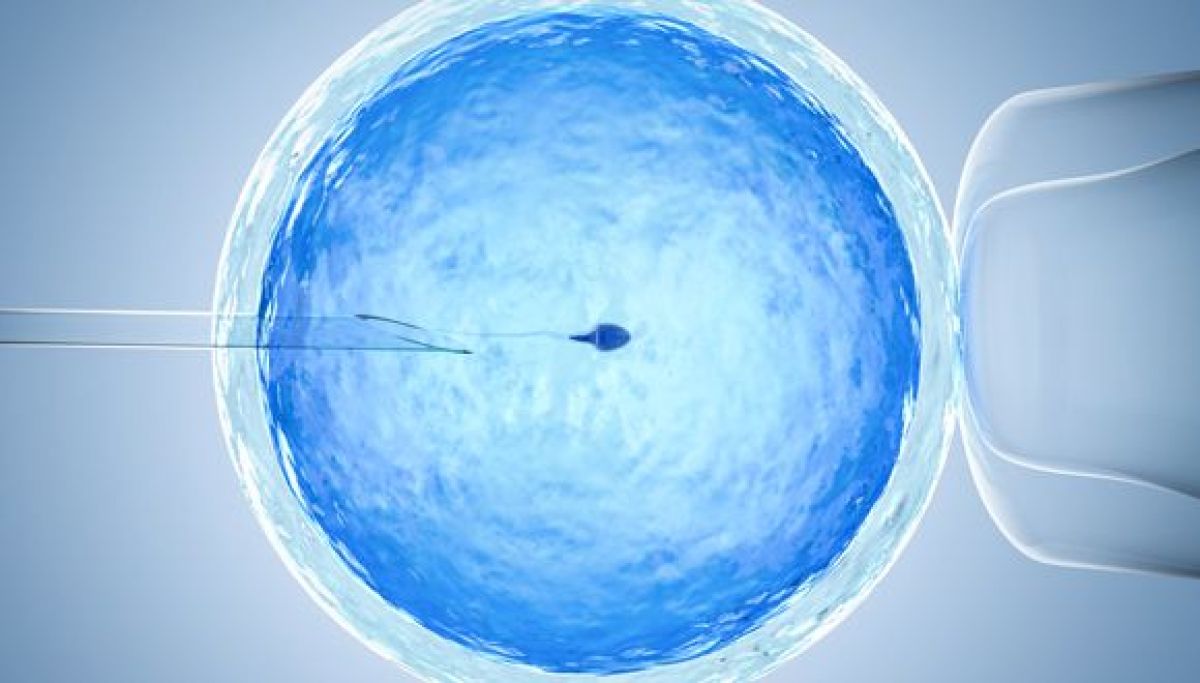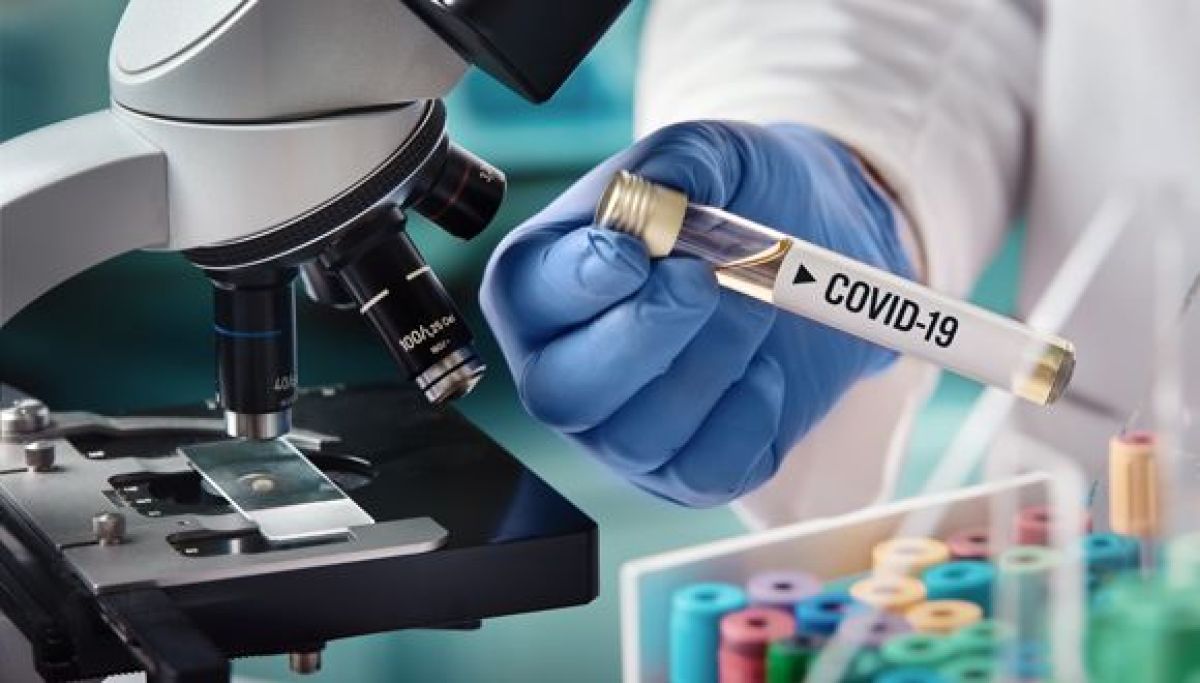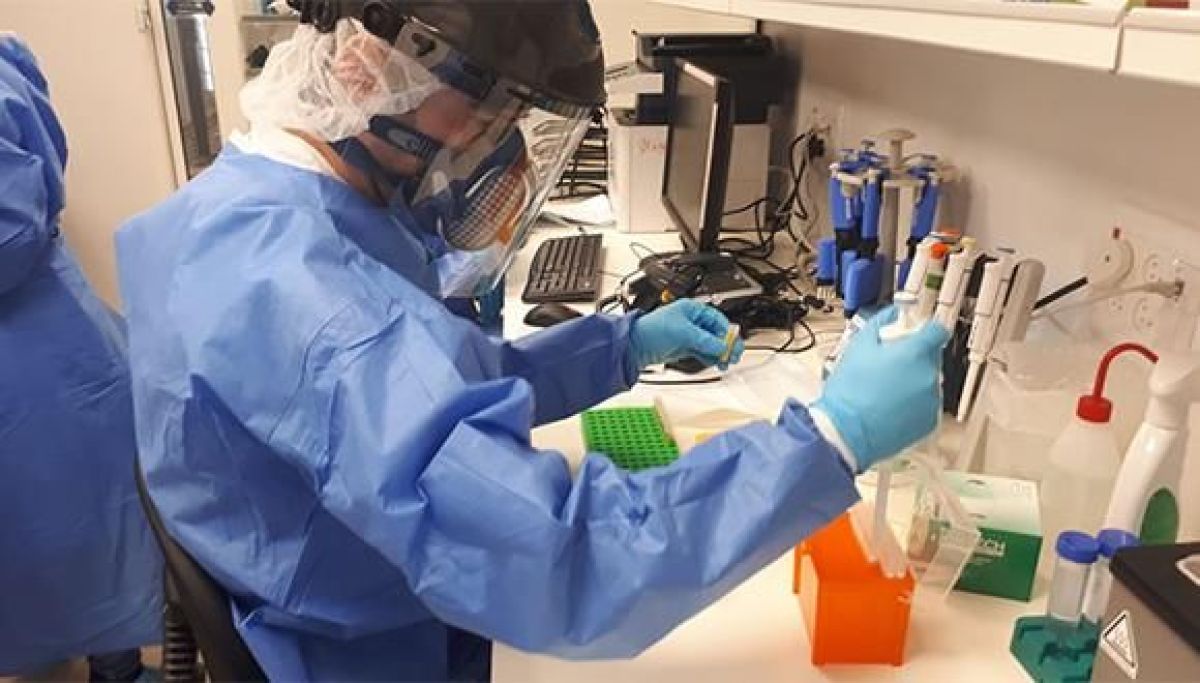Accurate 3D imaging could significantly improve IVF treatments
New Tel Aviv University technology allows clinicians to identify and select better-quality sperm, potentially increasing chances of pregnancy
Choosing the right cells to make a baby
Under natural fertilization in the woman’s body, the fastest sperm to reach an egg is supposed to bear high-quality genetic material. Progressive movement allows this “best” sperm to overcome the veritable obstacle course of a woman’s reproductive system. “But this ‘natural selection’ is not available to the embryologist, who selects a sperm and injects it into the egg,” Prof. Shaked says. “Sperm cells not only move fast, they are also mostly transparent under regular light microscopy, and cell staining is not allowed in human IVF. Existing imaging technology that can examine the quality of the sperm’s genetic material may cause embryonic damage, so that too is prohibited. In the absence of more precise criteria, sperm cells are selected primarily according to external characteristics and their motility while swimming in water in a dish, which is very different from the natural environment of a woman’s body. “In our study, we sought to develop an entirely new type of imaging technology that would provide as much information as possible about individual sperm cells, does not require cell staining to enhance contrast, and has the potential for enabling the selection of optimal sperm in fertilization treatments.”A hologram of sperm cells
The researchers chose light computed tomography (CT) technology for the unique task of sperm cell imaging. “In a standard medical CT scan, the device rotates around the subject and sends out X-rays that produce multiple projections, ultimately creating a 3D image of the body,” says Prof. Shaked. “In the case of the sperm, instead of rotating the device around this tiny subject, we relied on a natural feature of the sperm itself: Its head is constantly rotating during the forward movement. We used weak light (and not X-rays), which does not damage the cell. We recorded a hologram of the sperm cell during ultrafast movement and identified various internal components according to their refractive index. This creates an accurate, highly dynamic 3D map of its contents without using cell staining.” Using this technique, the researchers obtained a clear and accurate CT image of the sperm at very high resolution in four dimensions: three dimensions in the space at resolution of less than half a micron (one micron equals one millionth of a meter) and the exact time (motion) dimension of the second sub-millisecond. “Our new development provides a comprehensive solution to many known problems of sperm imaging,” Prof. Shaked says. “We were able to create high-resolution imaging of the sperm head while it was moving fast, without the need for stains that could harm the embryo. The new technology can greatly improve the selection of sperm cells in vitro, potentially increasing the chance of pregnancy and the birth of a healthy baby. “To help diagnose male fertility problems, we intend to use our new technique to shed light on the relationship between the 3D movement, structure and contents of sperm and its ability to fertilize an egg and produce a viable pregnancy,” Prof. Shaked concludes. “We believe that such imaging capabilities will contribute to other medical applications, such as developing efficient biomimetic micro-robots to carry drugs within the body.”TAU partners with pharma company to develop COVID-19 vaccine
The epitope-based vaccine will target the most vulnerable part of the viral spike protein
Targeting the Achilles’ heel of coronavirus
“The smaller the target and the focus of the attack, the safer and greater the effectiveness of the vaccine,” he adds. “The virus takes far-reaching measures to hide its RBM from the human immune system, but the best way to ‘win the war’ is to develop a vaccine that specifically targets the virus’s RBM.” Keren Primor Cohen, Ramot CEO says: “We hope that through this collaboration with Neovii, it will be possible to produce an effective vaccine that targets the coronavirus’s Achilles’ heel and will accelerate the development of a protective vaccine against this global threat.” Jürgen Pohle, Neovii CEO, adds: “The outbreak of the COVID-19 pandemic has demonstrated how fragile and vulnerable our societies are in the face of a pandemic. We are extremely excited about our collaboration with Professor Gershoni and TAU which provides Neovii with a first-in-class platform for the rapid development of promising vaccine candidates towards any future emerging pandemics including COVID-19. Furthermore, the COVID-19 vaccine is highly synergistic to Neovii’s core expertise in the development and manufacturing of passive polyclonal antibodies and provides an opportunity to bring a COVID-19 immunotherapy in a rapid manner.” Neovii’s long-standing and well-established experience and capabilities in developing, manufacturing and commercializing biopharmaceuticals will support the objective to have a vaccine ready for use in the general population on an accelerated timeline.What about the environment?
In an online seminar, Prof. Colin Price connects the dots between two current disasters: the climate crisis and the coronavirus crisis
The coronavirus pandemic caught us off guard. Without any warning, it transformed our daily routines overnight and caused a global shock, which will take a long time to recover from. The climate crisis, on the other hand, has been a subject of discussion for scientists for many years. Are there any points at which these two threats connect? And will dealing with the immediate threat, the coronavirus, also lead to more ecological and considerate behavior towards the environment? Prof. Colin Price, head of the Porter School of Environmental Studies and Earth Sciences, created an online seminar on the topic and called on heads of state to take advantage of the opportunity we’ve been given to save the world from an irreversible crisis which is about to reach the point of no return.
Immediate sacrifice for a long-term solution
Since the beginning of the coronavirus crisis, we’ve realized in a few weeks how much power nature has, and how it can neutralize human systems. Entire populations and sectors have been shut down and defined as high risk, economies and medical systems have been paralyzed, prosperous industries are suddenly at the brink of collapse, disrupted supply chains and more.
“Everyone understands that we have to act swiftly around the coronavirus, in order to achieve a fair, long-term solution,” says Prof. Price, and immediately points out the similarity to an issue we’ve been dealing with for a long time – the climate crisis. “While the Corona crisis is mostly threatening to humans, the effects of the climate crisis, evident in deadly heat waves, huge fires, floods, storms and sea level rise, are hitting a much wider ‘target audience’. Animals, infrastructure, natural resources – everything is under threat. The main problem is that because the climate crisis is not immediate, like coronavirus, and because it’s not personal – it’s not taken seriously enough, and long-term solutions aren’t being considered.”
Professor Price referred to similar points in both crises, including the weight that must be given to the exponential curve of both, the speed with which we have to react in order to stop the destructive effects in time, and the immediate sacrifice that must be made to gain a better long-term outcome for future generations.
Change will be good for us and the environment
“There is no doubt that when we go back to normal after the coronavirus crisis, everything will be different,” says Prof. Price. “I estimate that thanks to online communication, we will see a decrease in the volume of business trips abroad and, as a result, the demand for oil will decrease. People will work more from home and there will no doubt be companies that adopt this format, and will completely give up paying office fees. There will be greater investment in new infrastructure in health systems, distance learning, local manufacturing and more changes that, if examined in the environmental aspect – are undoubtedly friendly to the natural resources we breathe and consume, which we want to protect.”
“If you ask me what we should learn from the current crisis, it’s first and foremost that we should listen to scientists. From the first day the virus broke out in China, they warned that it was an epidemic that would affect the whole world. So should we listen to the scientists who have been studying the climate crisis. I’ve been working in the field for 30 years and I can say for sure – people don’t listen. World leaders don’t listen.”
“We all need to understand the severity of the exponential curve, and understand the cost of our actions for the global village we live in, both on the coronavirus and climate issues. We have to remember that our actions on one side of the world affect people and the environment on the other.”
Lower the level of vulnerability and increase our resilience
According to Prof. Price, the role of governments is critical in managing the world response to both crises. “To reinvigorate the economy at the end of the Corona crisis, we have the opportunity to encourage funding, job allocation and investment in green technologies, for example in the public transport sector, to make it more efficient, cost-effective and green, to provide a more promising future and prevent the arrival of the next crisis.”
“The risk of a crisis, no matter if it’s an earthquake, fire or deadly virus, depends on three main variables: the threat itself, who is exposed to it and what level of vulnerability there is,” Prof. Price explains. “Once we manage to neutralize one of these variables, our chances of getting hurt are smaller.”

Prof. Colin Price
A world first: TAU to establish multidisciplinary Epidemic Research Center
The Center will bring together experts in the field and help the State of Israel deal epidemic-related crises
Tel Aviv University joins national Coronavirus testing system
TAU’s specialized Corona Lab is expected to conduct up to 1,600 tests a day
A medical marvel in 80 hours
The decision to establish a lab was made shortly after the coronavirus crisis broke out in Israel. From start to finish, the lab was built in a record 80 hours, with construction kicking off on Tuesday, March 24th, at 7 AM, and finishing Friday, March 27th. A Health Ministry official yesterday reviewed the lab to ensure that it meets health and safety protocols, and the lab is now fully operational. “We realized immediately how critical testing was and how we at the University could contribute to Israel’s diagnostic landscape,” explains Prof. Munitz. “We contacted University management, who got involved immediately and quickly approved a budget for the project. It was not an easy decision. It was unclear whether the Health Ministry would approve, and we did not know exactly what the protocol was or what was required — but we knew we needed to act. The safety of the team operating the lab is and remains our highest priority, and we are taking every necessary precaution in strict alignment with Health Ministry regulations. I have no doubt that our collaboration with the Health Ministry will greatly assist in advancing the national testing system.”TAU lab identifies effective antibodies from recovered Coronavirus patients
Antibody-based therapies can be used to protect at-risk populations, including medical workers, from the virus
The weak link in the virus chain
In the long run, identifying effective antibodies against virus neutralization could also accelerate the development of vaccines for the disease. Dr. Freund, who together with her team pinpointed the antibodies in blood samples of recovering patients, say that antibodies would be key to identifying the elusive vulnerable Achilles’ heel of the virus, which scientists have identified as somewhere along its spike protein, the structure that allows it to break into a cell. Dr. Freund is collaborating with researchers in San Diego to test the efficacy of antibody treatments in animal models against a live active virus. The trials are scheduled to take place this month. Only if and when the trials are successful in animal models will the option of clinical trials be considered. “If we complete the trials successfully and are able to eventually develop this treatment, it could be used to help treat at-risk patients such as the elderly or immunocompromised patients. Antibodies can also remain active in the blood for many weeks – up to two months – so injecting antibodies can afford medical teams and other at-risk groups temporary protection against the virus.”TAU medical researcher wins Israel Prize
Prof. Gidi Rechavi, of TAU’s Sackler Faculty of Medicine, has won Israel’s highest honor for his academic and clinical work
You can’t stop this music
On May 5th, a virtual celebration of piano music will begin at the Buchmann-Mehta School of Music
We’ve got some great news for lovers of classical music and piano in particular. Tel Aviv University’s Buchmann-Mehta School of Music is a partner in the Arthur Rubinstein International Piano Competition, considered one of the biggest and most important contests in the classical music world. This year, due to the global crisis, the event has been postponed and instead a virtual festival will be held in the same timeframe.
The highlight of the festival will be live broadcasts from Claremont Hall at Tel Aviv University, including 12 piano recitals featuring the next generation of Israeli pianists. Seven of the chosen musicians are honors students from the school, and two more are graduates who have gone on to careers abroad.
The festival will begin on May 5th and continue for two weeks. Every day, at 18:00, events will be broadcast on the Facebook pages of the Rubinstein Competition and the Buchmann-Mehta School of Music.
Arthur Rubinstein International Piano Competition Facebook Page >










